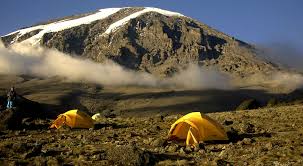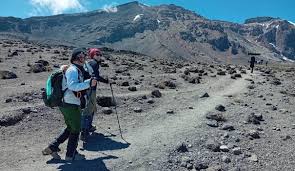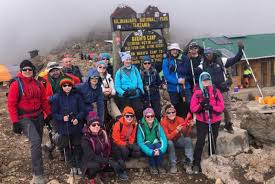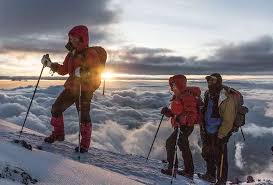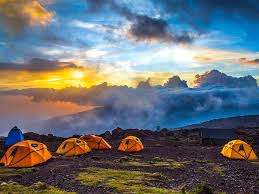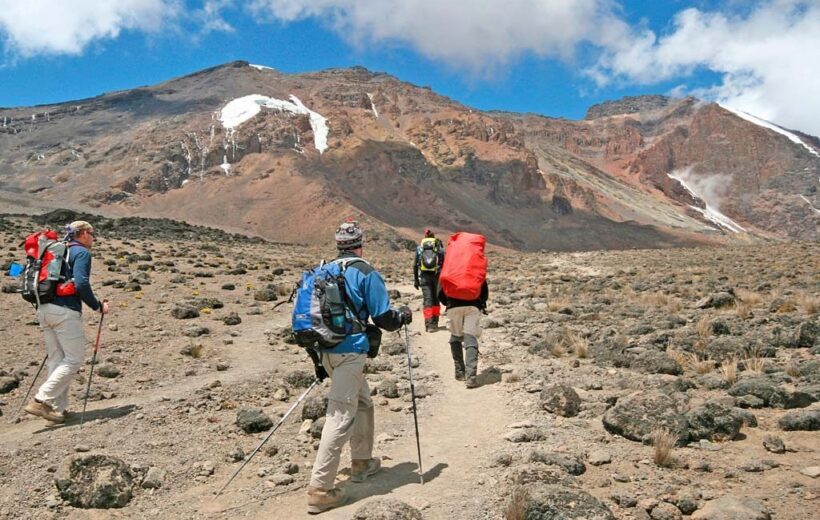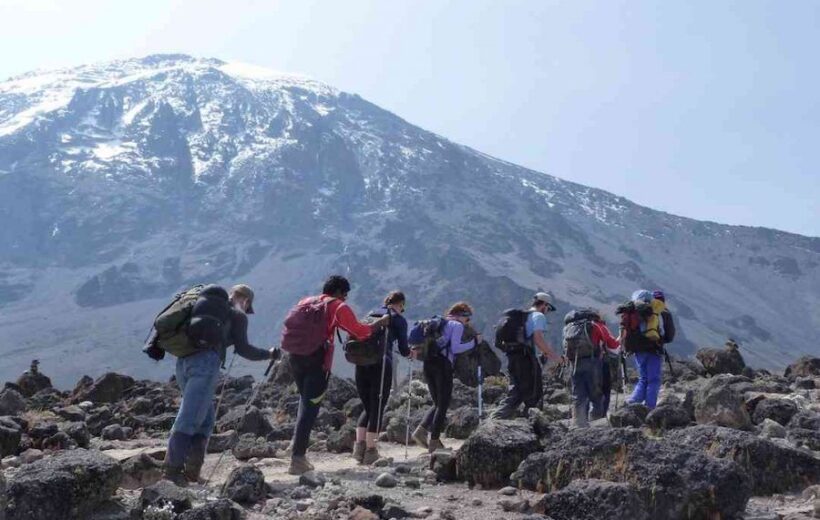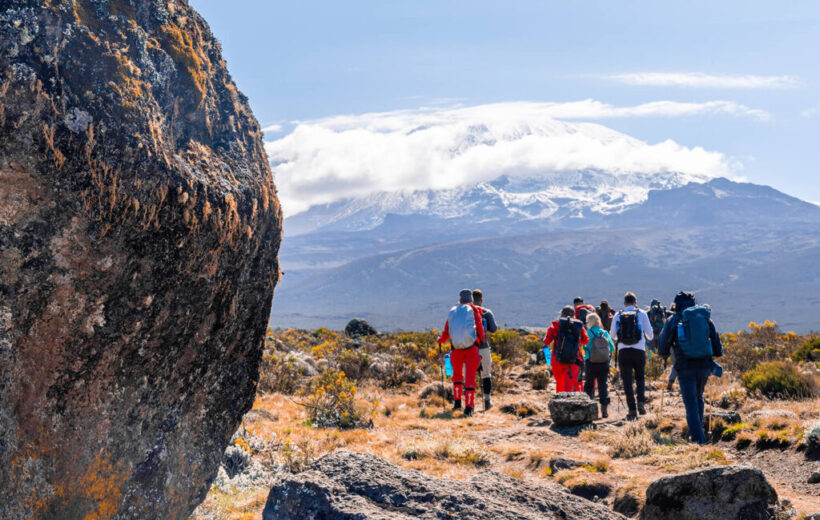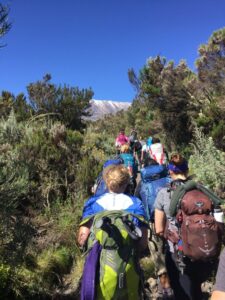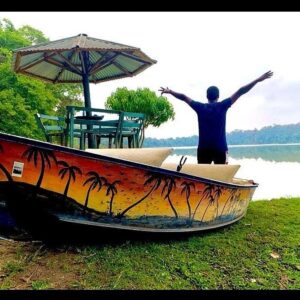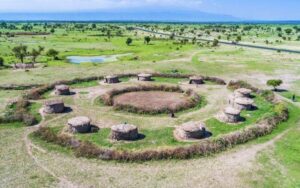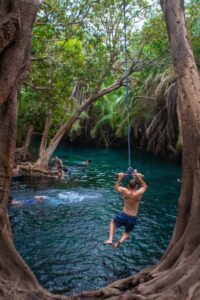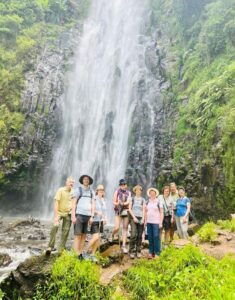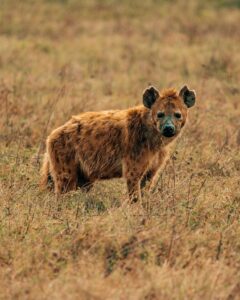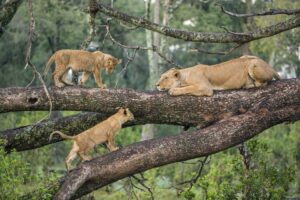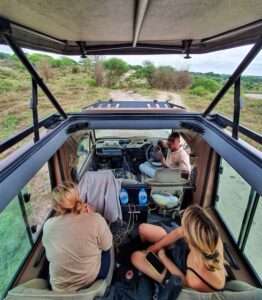7 Days Machame Route Trek
Price
Min Age
Duration
Max People
Overview
The 7 Days Machame Route Trek is one of the most popular and scenic ways to climb Mount Kilimanjaro. Known as the “Whiskey Route,” Machame is famous for its diverse landscapes, breathtaking views, and higher summit success rates compared to shorter itineraries. The extra acclimatization day makes this trek ideal for trekkers who want to maximize their chance of reaching Uhuru Peak while enjoying varied terrain including rainforest, moorlands, alpine desert, and glaciers. For more trekking options, explore our Kilimanjaro Trekking Packages.
Highlights / Features
- Summit Uhuru Peak at 5,895 meters
- Extra acclimatization day increases summit success
- Trek through rainforest, Shira Plateau, Barranco Valley & alpine desert
- Climb the iconic Barranco Wall
- Professional guides and support team included
Other Important Information
- Difficulty Level: Challenging
- Best Time to Trek: January – March, June – October
- Group Size: 2–12 trekkers per guide
- Fitness Requirement: Good physical condition required
- Acclimatization: Extra day to adapt to altitude safely
Tour Plan
Day 1: Arrival in Moshi
Arrive in Moshi and check into your hotel. Meet your guide for a pre-trek briefing covering safety, route details, and equipment. Overnight at Moshi Hotel.
Day 2: Machame Gate to Machame Camp
Distance: 11 km | Duration: 5–7 hours
Begin at Machame Gate (1,800m) and trek through lush rainforest to reach Machame Camp (2,835m).
Day 3: Machame Camp to Shira Camp
Distance: 5 km | Duration: 4–6 hours
Climb through heather and moorland to Shira Camp (3,750m) with sweeping views of Shira Plateau.
Day 4: Shira Camp to Barranco Camp (via Lava Tower)
Distance: 10 km | Duration: 6–7 hours
Ascend to Lava Tower (4,630m) for acclimatization, then descend into the beautiful Barranco Valley. Overnight at Barranco Camp (3,960m).
Day 5: Barranco Camp to Karanga Camp
Distance: 5 km | Duration: 4–5 hours
Climb the famous Barranco Wall, cross alpine ridges, and trek to Karanga Camp (3,995m) for rest and acclimatization.
Day 6: Karanga Camp to Barafu Camp
Distance: 4 km | Duration: 4–5 hours
Short but steep hike to Barafu Camp (4,680m). Prepare for the midnight summit attempt.
Day 7: Summit Uhuru Peak & Descend to Mweka Camp
Distance: 17 km | Duration: 12–14 hours
Start before dawn for the summit push via Stella Point to Uhuru Peak (5,895m). After celebrations, descend to Mweka Camp (3,100m).
Day 8: Mweka Camp to Mweka Gate & Departure
Distance: 10 km | Duration: 3–4 hours
Final descent through rainforest to Mweka Gate (1,640m). Receive summit certificates and transfer to Moshi for departure or rest.
Included/Excluded
- Kilimanjaro park & camping fees
- Professional guide, cook & porters
- Meals during the trek
- Camping equipment (tents, dining tent, chairs)
- Airport transfers
- International flights to Tanzania
- Travel insurance
- Sleeping bags & personal gear
- Tips for guides & porters
- Extra hotel stays before/after trek
Tour Map
Frequency Asked Questions
How high is Mount Kilimanjaro?
Do I need prior climbing experience to trek Kilimanjaro?
What is the best time to climb Kilimanjaro?
Which route is the best for climbing Kilimanjaro?
How long does it take to climb Kilimanjaro?
Depending on the route, treks range from 5 to 9 days. Longer routes provide better acclimatization and higher summit success rates.
Do I need a guide to climb Kilimanjaro?
What is altitude sickness and how can I avoid it?
Altitude sickness is caused by reduced oxygen at higher elevations. Choosing longer routes, staying hydrated, and ascending gradually help reduce the risk.
What should I pack for a Kilimanjaro climb?
How fit do I need to be to climb Kilimanjaro?
What happens after the climb?
You may like
Book This Tour
Last Minute Deals
Why You Travel with us ?
- Local Expertise
- Tailor-Made Safaris
- Unforgettable Experiences
- Professional Safari Guides
- Comfort & Safety
- Affordable Packages
- Responsible Tourism
- 24/7 Support
- Diverse Destinations
- Trusted Reputation

